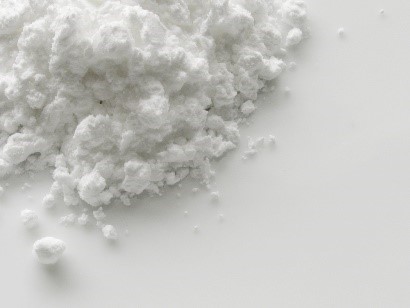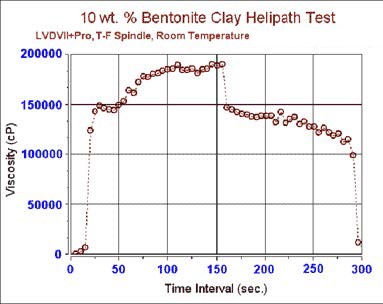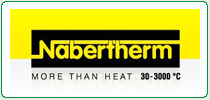BENTONITE CLAY VISCOSITY MEASUREMENT APPLICATIONS
 USE
USE
Bentonite Clay is a rheological “thickening” addictive for many products, such as paints and drilling muds.
TEST EQUIPMENT
Spring Torque: LV
Spindle: Helipath T-F
Speed: 5 RPM
TEST METHOD
The 10% by weight concentration of clay in solution was created with distilled water and tested. The mixture was tested within a 600 mL, low form, Griffin beaker at room temperature, about 23°C. A Helipath stand was used with the small T-F spindle because of the high viscosity and “pasty” nature of the sample. The Helipath tests “fresh” material as it rotates the T-bar spindle moving downward into the sample. This may be a big advantage when testing materials whose structure breaks down and take significant time to rebuild.
Rheocalc software controlled the Brookfield DV2T Viscometer. Data from this test is shown in Figure 1.

Figure 1
The spindle “drills” down into the sample from 0 to 156 seconds. There is a noticeable decrease in viscosity after 156 seconds, when the spindle reverses direction and works its way back up through previously tested clay. One noticeable aspect of the graph is that it shows the stratification of the clay mixture. From 25 to 50 seconds the viscosity remains fairly constant, and then it gradually increases as the spindle descends.
>>Download a pdf of this application note.
Contact us : This email address is being protected from spambots. You need JavaScript enabled to view it.
















